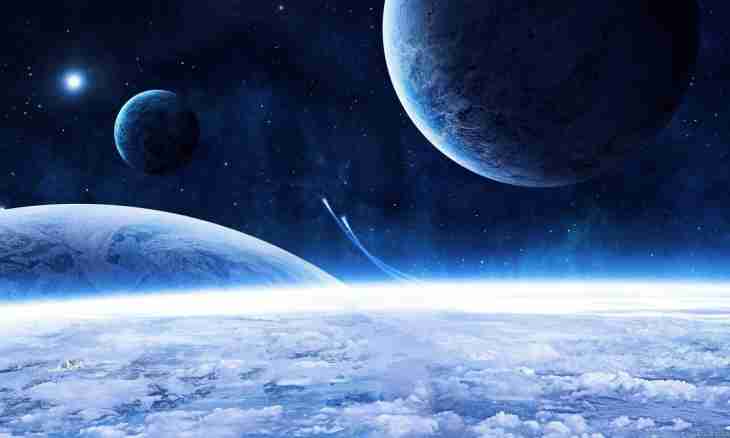Now "possibilities" of space are investigated not completely therefore it is hard to say – what of planets of the Universe coldest. Nevertheless, scientists already for certain know that the lowest temperature at the Solar system are present at Uranium. But what it?
Instruction
1. Uranium – the planet, the seventh in remoteness from the Sun, which was discovered on March 13, 1781 by the astronomer William Gershel. It became the first in so-called Latest time from the celestial bodies found by means of the telescope and also was at the end of the 18th century an important step in expansion of ideas of borders of the Solar system in the opinion of mankind. Earlier astronomers took the Uranium seen in a certain season with the naked eye, for a dim star. A basis of this planet – a combination of hydrogen and helium. A large amount of ices on a surface and in the depths of Uranium also became the reason of its reckoning to so-called "ice giants".
2. The distance separating Uranium from the Sun – 2,870.4 million kilometers, and the lowest temperature which was recorded on the surface of the planet – minus 224 degrees Celsius. At the same time the average rate is – 208-212 degrees Celsius.
3. It is logical that temperature of Uranium is caused by its remoteness from the Sun because of what Uranium and receives much smaller, than Mercury, Venus, Earth, Mars, Jupiter and Saturn, quantity of solar energy. But behind the seventh planet there is also even more removed Neptune. So why it is not colder? The thing is that other bodies of the Solar system have more or less heated kernels, and temperature of the center of Uranium – only 4,737 degrees Celsius that, for example, is five times less, than at Jupiter. With the Neptune a situation in many respects similar: he is also quite cold, but with the maximum mark in minus of 218 degrees Celsius at a temperature of kernel of 7,000 degrees.
4. Unlike Saturn and Jupiter, the Uranium consisting of helium and hydrogen has no so-called metal kind of hydrogen and also it is a lot of high-temperature ice modifications. Influences temperature of Uranium and existence of complex structure of clouds with methane in the top layer and water – in lower. Thus, as it is considered, the structure of the planet is made by ice blocks and rocks.
5. Interesting and a strong deviation of Uranium from the ecliptic plane (almost by 99 degrees) that also distinguishes the planet from other bodies in the Solar system. Thus, it kind of "lies on one side" and at the same time rotates around the Sun. This fact influences a change of seasons on Uranium: completely the planet around a star in 84 terrestrial years is wrapped therefore 42 years one of its poles heat up from solar energy, and another – is the same 42 years in a shadow. Scientists-astronomers believe that this fact also influences that Uranium became that "ice giant".

